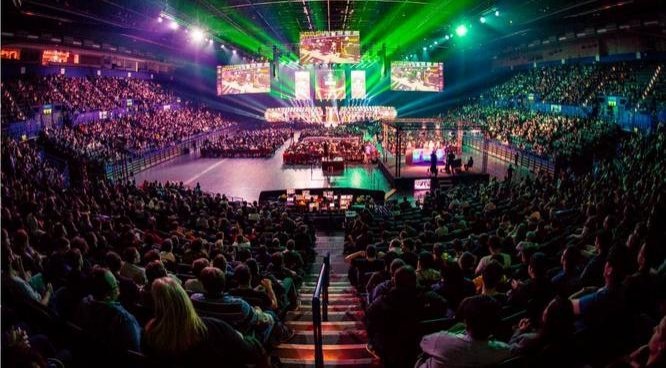Cover image source: Adela Sznajder | ESL One Birmingham 2018
The need for standardization and a comprehensive rulebook seems more and more necessary as the days go by and Valve’s lack of communication on most matters always seems to overcomplicate issues which can be easily solved by having more clarity on how basic things like invites and formats are going to work. Interestingly enough, Valve has attempted to make the DPC season more streamlined with preset dates and a calendar to schedule events and qualifiers but even then there seem to be inconsistencies with how teams are being invited to the regional qualifiers, the number of slots being handed out to the regions and teams being disqualified for not playing in the correct regions.
Earlier we discussed what the most ideal format could be when it comes to the group stage of a 16 team Major, and today we take on a similar topic - how the regional qualifiers across different regions don’t follow the same format.
In the regional qualifiers for the CQ Major, all the regions had the same format except China. For EU, SA, NA, SEA and CIS the regional qualifiers meant 8 teams playing 2 GSL groups and then a 4 team double elimination playoff. Within the regions, there were slight variations, which we will come to but the big outlier is China who featured 10 teams and a completely different format.
Obviously, 10 teams divided into groups of 5, means that using the GSL format is not possible. The groups played out round-robin games which is definitely a more comprehensive format than GSL. Furthermore once in the playoffs, the seeding games were vastly different from the other regions. EU, NA and China all had 3 slots and 2 seeding games were played to decide the #1 , #2 and #3 seeds from each region with each being a bo3. As expected, very few teams took the seeding games seriously and it resulted in comical drafts with Team Liquid using the opportunity to allow Kuroky to complete his list of 116 heroes in competitive games. Overall the games felt redundant and unnecessary and had more of a meme value than any real value. China, on the other hand, played only a bo1 to decide the number #1 and 2 seed while the third seed automatically went to the remaining team. Definitely, a more efficient way to decide the seeds coupled with the fact that they had a more comprehensive group stage format.
Apart from this, SEA had their group stage games spread out rather awkwardly across the 2 days with 4 games from Group A played out on day 1. On day 2 we saw the entire group B along with the 1 remaining game of group A being played meant. This meant that the last day saw an entire 4 team double elimination playoff bracket being played out and teams like TNC ended up playing 3 bo3s in a day. In EU, SA, NA and CIS, day 1 was the majority of group A and B, day 2 was the last series of each group and round 1 of the playoffs while day 3 was the rest of the playoffs. This makes the days not as hectic and gives the teams some breathing room in between. It also ensures that at most a team has to play just 2 bo3’s a day.
Fortunately, the format for the different regions for the Bucharest Minor seem to be the same. The only big difference is EU and China and have 2 spots each at the Minor. Europe had a total of 6 teams with round robin group stages going into 4 team double elimination playoffs while China had only 4 teams directly playing the double-elimination playoffs.
So it’s clearly evident that the Regional qualifiers need to be organized in a better and more consistent manner. While this season’s DPC tournaments have a lot more standardization and uniformity, little things like these can often be the deciding factor between teams making and not making events. The fact that there are only 5 Majors and 5 Minors means it’s even harder to score DPC points and we all know that in the end a whopping 12 out of 16 teams for TI9 will be decided via the DPC. But it will have to come down to Valve enforcing this upon the TO’s and teams making an effort to speak up and try and bridge the communication gap that currently exists between the publisher, the community and the TO’s.
